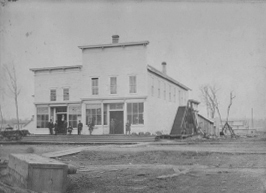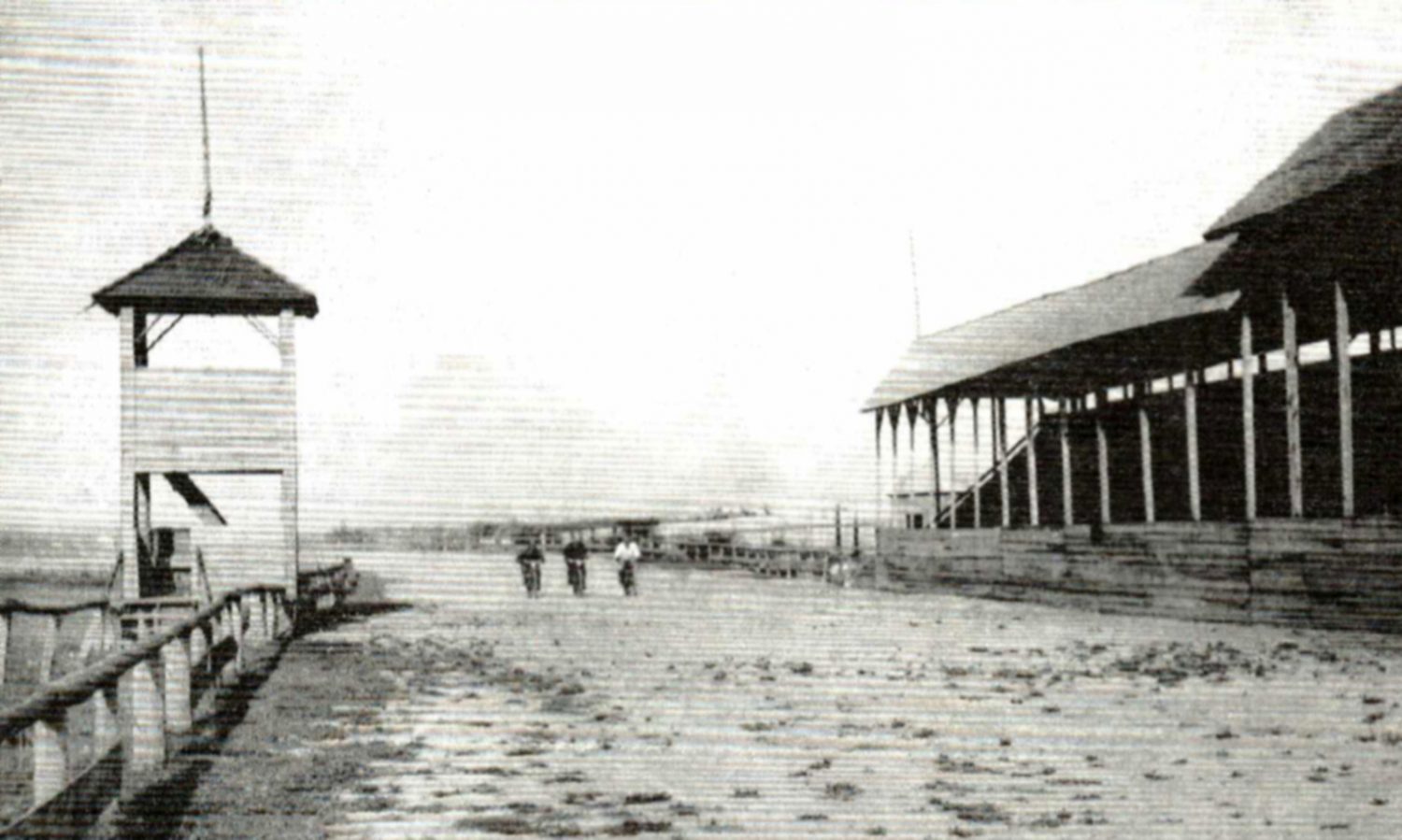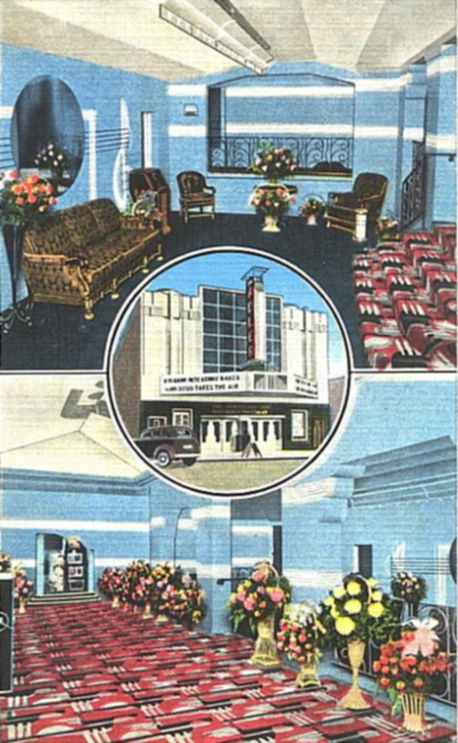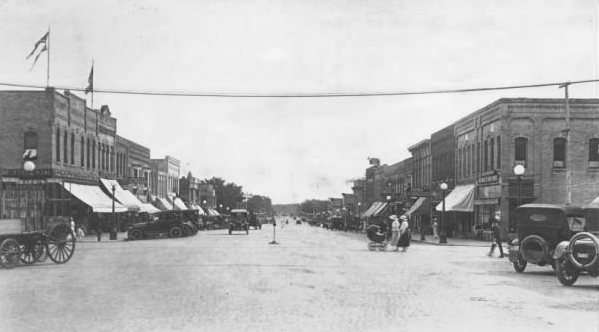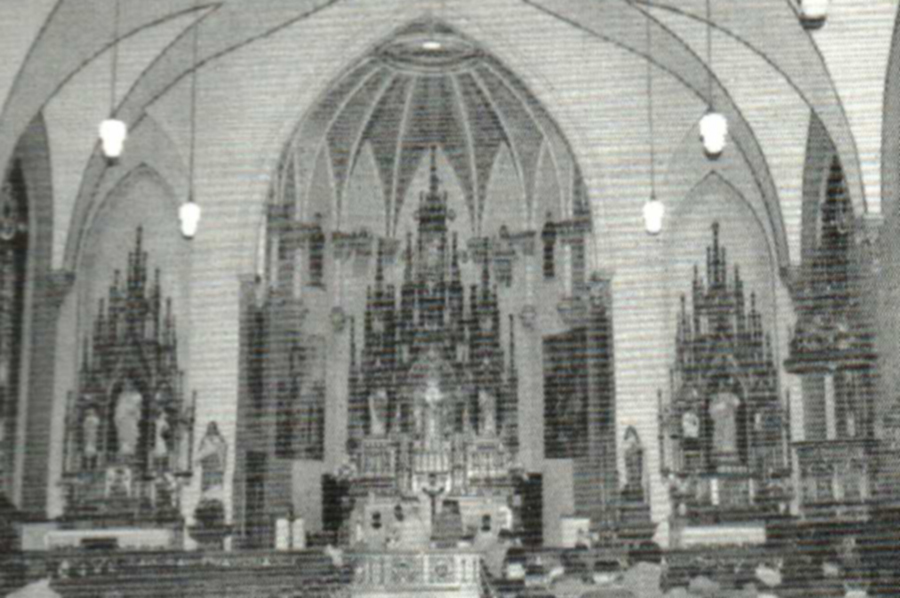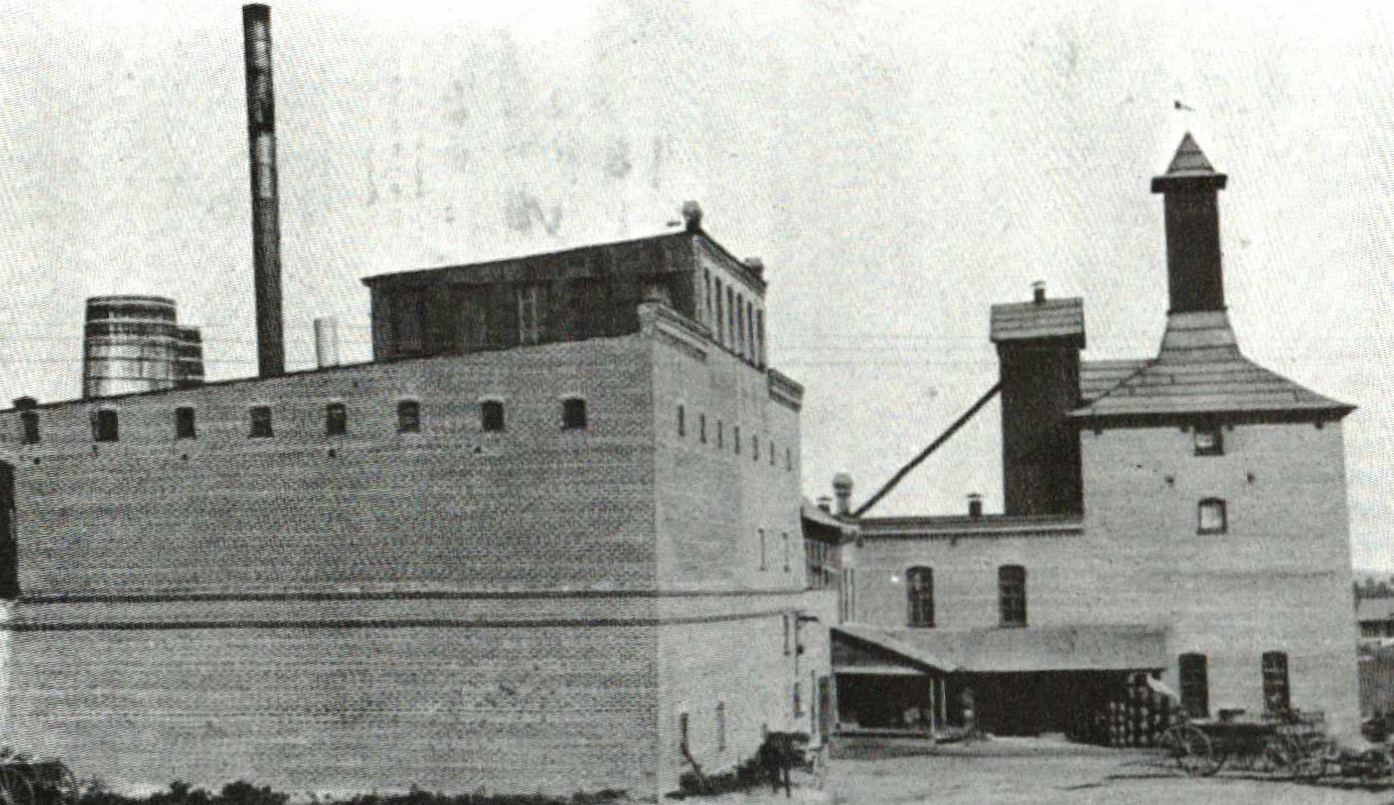The Missing Painting: The Frank Sweda story
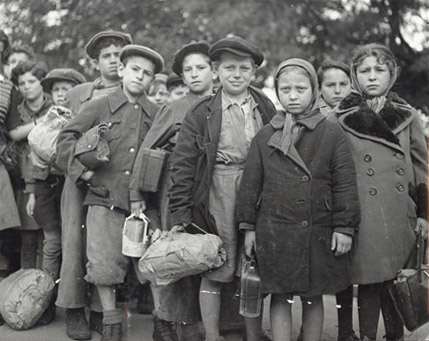
By Chris Kulinski
Guest Columnist
It was May 1959 when we departed Bremerhafen seaport in Germany on the MS Berlin, a former troop carrier refurbished into a Trans-Atlantic passenger liner.
My parents were born in Poland and survived the injustices of WWII under the German and Russian occupations, the forced labor camps during the war, and the horrible conditions of the refugee dispersal camps after the war. It was at dispersal camps that two of my siblings died – Marion in 1945 and Jolanta in 1947. We had finally received the refugee status documents after applying in 1948 and patiently waiting 10 years for approval. With the remnant of our family together, with nothing but the clothes on our backs, and with an assistance loan from the Catholic Relief Services, we traversed the mighty Atlantic on an 11-day voyage.
I remember well standing on deck as we passed the white cliffs of Dover, the whales spouting off while keeping a safe distance, and the frightening storm at sea two days before our arrival at Staten Island in New York. I remember passing the Statue of Liberty as we pulled into our docking station, also, thinking – what was this new land called America?
Then, there was the long train ride from New York via Buffalo to Detroit and Chicago, which was, at that time, part of the Nickel Road system. At Chicago we boarded the Soo Line and headed north to Superior. The train stopped at the Lublin, Wisconsin, train depot where we got off. This rail line no longer exists today and there is no passenger rail service. It became the Central Wisconsin Railway and was sold to Canadian National which only carries freight these days.
John Lencz with his ’52 Ford coupe and Wladyslaw (Walter) Klosowski with his ’48 Studebaker truck were there to greet us. It was a crisp morning that day on May 21, 1959, and there was two inches of snow on the ground.
My grandmother, Julia, had arrived in the States with her son, John, in 1948 as a refugee before the U. S. immigration refugee status was suspended. She worked in Green Bay and Milwaukee and married Walter Klosowski, a widower, who lived on a small farm south of Lublin around 1950. Julia was told at the war’s end that her husband perished in Siberia having been captured by the Russians. Thus it was that my mom, Harriet, my sister, Maria, and my brother, Julian, rode with John Lencz to our new home on the farm. My dad, Fred, and I rode with Walter where Julia was impatiently waiting. Tears of joy were flowing. My mom was reunited finally with her mother. We spoke no English. Dad started working at the local Winger Dairy two days after we arrived, while I got lost in the peaceful setting of the farm, the hills, and the woods exploring all summer.
I turned nine on the 7th of July. School was about to begin. My mom got my sister and me ready and we were waiting for the school bus. My sister got on the bus but could not get me to get on. I started backing up. In my mind I saw the drab grey military vehicles that captured people during the war and hauled them away never to be seen again. After a while a person emerged from this vehicle. I was paralyzed with fear and did not know where to turn and run. The shadow of this tall person obscured the morning sun. To my amazement, I heard my native Polish language in a reassuring tone – nie boj sie, pojedziemy do szkoly – which translates to don’t be afraid, we are going to school.
That was the first time I met Frank Sweda.
Continued in the next edition

